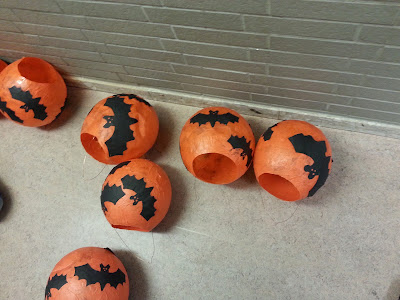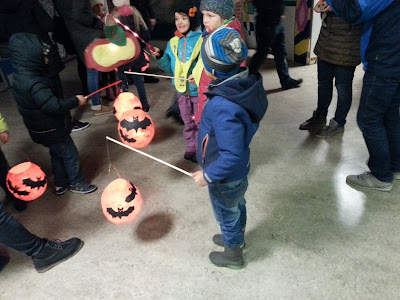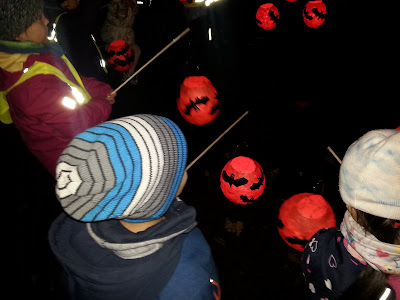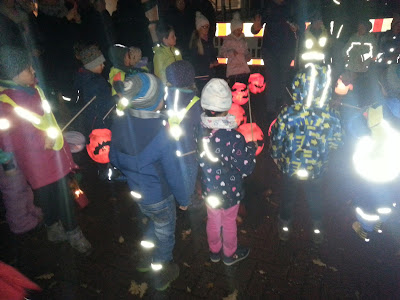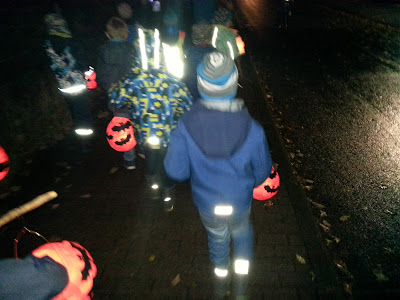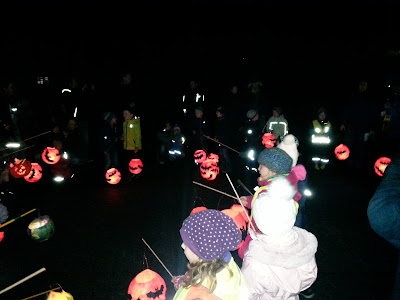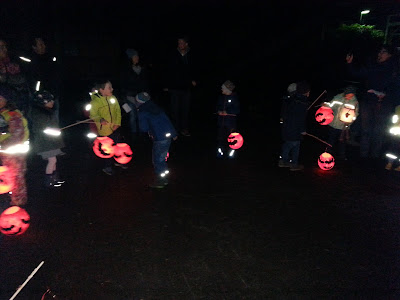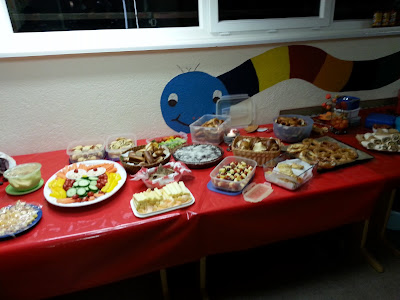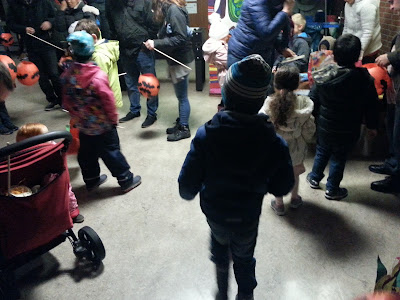By Rasha Almaqaleh
Last
summer, I attended a seminar in Wetzlar, a town in western central Germany. One
of my observations on that trip was a drain in the bathroom floor which was attached
to the room where I stayed during my visit. That really struck me because I’d
never seen before a floor drain in a bathroom in Europe. So, when I wrote a
blog about my visit to Wetzlar, I made sure to include the drain note in my
post.
When
one of my relatives read that blog, she was puzzled by that piece of
information and couldn’t imagine how a bathroom lacks a drain on its floor. Her
puzzlement was actually understandable because in Yemen, where I grew up, all
bathrooms and kitchens have floor drains and the floors are usually sloped to
the drain.
That being the case, I myself expected when I
first moved here that this was the deal in every bathroom and kitchen around
the globe! But I was alarmed when I found out that bathrooms here don’t have
floor drains. After all, doesn’t it make perfect sense for these two rooms in the
house to have a floor drain? Bathrooms and kitchens have water sources and one
gets a little splashy in there. And what happens exactly if there is, for some
reason, an overflow in the bathroom? Without a drain on the floor, the water
will simply flow out of the bathroom door ruining everything in its way.
I
didn’t know how unpleasant this situation could be until I had myself a flooded
bathroom at our place. With the absence of a drain, it took me forever to dry out
the floor with the mop and all the available cleaning cloths and towels. If
this happens in Yemen, I would simply slide a squeegee on the floor and collect
the water into the drain.
But
regardless of the water sources and the possibility of having an overflow
accident, bathrooms in the Western countries are not expected to be wet places.
They are designed with some adjustments to make them as dry as a bone. The
shower for example is normally separated from the rest of the bathroom: it has
a curb and a sealed cabin which prevents water from splashing onto the floor.
 Besides,
westerners don’t usually use bidet sprays after using the toilet, instead they
use toilet paper to wipe down. In Yemen, we usually have bidet showers near the
toilet as water is essential in the cleaning process. In some old-fashioned
households, there is usually a faucet right next to the toilet and people put a
bucket with a mug for rinsing.
Besides,
westerners don’t usually use bidet sprays after using the toilet, instead they
use toilet paper to wipe down. In Yemen, we usually have bidet showers near the
toilet as water is essential in the cleaning process. In some old-fashioned
households, there is usually a faucet right next to the toilet and people put a
bucket with a mug for rinsing.
Another
big difference between bathrooms in Yemen and in Europe is the bathroom
slippers. While Westerners usually go to the bathroom barefoot, people in Yemen
use slippers; these are plastic shoes placed at every bathroom door in the
house so people could put them on when entering the bathroom and take them off
when leaving.
It
is very common in Yemen, especially in modern residential buildings, to have two
types of toilets in one bathroom: squat and sitting toilets. However, squat toilets can be sometimes seen
in Western countries but that would only be in public restrooms. During my stay
in Europe I saw squat toilets two times, one in the migration office in Karlsruhe,
a city in southwestern Germany and the other in the main train station in an
Italian city at the Italian-Swiss border.
| Squat toilet in Karlsruhe, Germany |
 |
| Squat toilet in Varese, Italy |
All
in all, moving between different cultures makes the smallest details more striking
than the big ones. This small detail could be anything, including a non-significant
hole on a bathroom floor. You come then to realize that what you have taken
for granted for so long, some people on other parts of the world can’t imagine it
exists!




